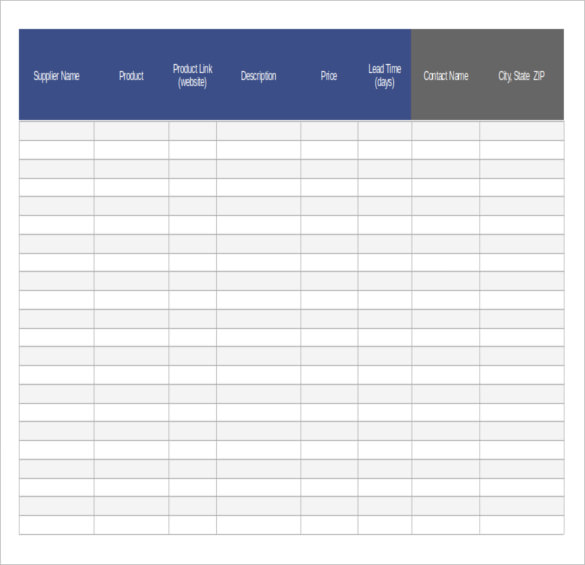

When using the function of expense method, a company must, at a minimum, disclose the cost of sales, while the other line items may vary. In the function of the expense method, a company classifies expenses according to the function. Like in the expense method, a company aggregates expenses “according to their nature,” and does not redistribute them among functions within the entity. Under IFRS, disclosure of depreciation expenses separately in the income statement is dependent on whether a company is using a ‘nature of expense’ method or a ‘function of expense’ method. In the income statement, depreciation expense may appear as a separate line item. The balance sheet reports the carrying value of a long-lived asset. The gross carrying amounts and accumulated amortization in total and by major class of intangible assets, the aggregate amortization expense for the period, and the estimated amortization expense for the next five fiscal years must be disclosed. Restrictions on title and pledges as security for intangible assets and contractual agreements to acquire intangible assets are required.

If an asset has an indefinite life, a company must disclose its carrying amount and why it is considered to have an indefinite life.

It is noteworthy that amortization is included on the income statement and a reconciliation of the carrying amount at the beginning and end of the period.

Specifically, the following pieces of information must be shared: the useful lives (or equivalently amortization rate) used, the amortization methods used, the gross carrying amount, and the accumulated amortization at the beginning and end of the period. In the case of finite useful lives, a number of disclosures must be made for each class of intangible assets. Intangible Assets IFRS Disclosuresįor each class of intangible assets, a company must disclose whether the useful lives are indefinite or finite. In addition, it must give a general description of the depreciation method(s) used in computing depreciation expenses for the major classes of depreciable assets. US GAAP DisclosuresĪ company must disclose the depreciation expense for the period under review, the balances of major classes of depreciable assets, and the accumulated depreciation by major classes. If the revaluation model is used, the date of revaluation, details of how the fair value was obtained, the carrying amount under the cost model, and the revaluation surplus must be disclosed. Restrictions on title and pledges as security of property, plant, equipment, and contractual agreements to acquire property, plant, and equipment must be disclosed. Finally, the company must declare the reconciliation of the carrying amount at the beginning and end of the period. Similarly, the company must reveal the gross carrying amount and the accumulated depreciation at the beginning and end of the period. Disclosures Relating to Property, Plant, Equipment, and Intangible Assets Property, Plant, and Equipment IFRS Disclosuresįor each class of property, plant, and equipment, a company must disclose the measurement bases, the depreciation method, and the useful lives (or, equivalently, the depreciation rate) used. In addition, disclosures reveal how the changes affected the current financial performance of a company, and the implications of those changes on its future performance. To begin with, disclosures can enable analysts to tell how a company’s investments changed during a reporting period. Analysts can use disclosures to better their understanding of a company’s investments in tangible and intangible assets.


 0 kommentar(er)
0 kommentar(er)
